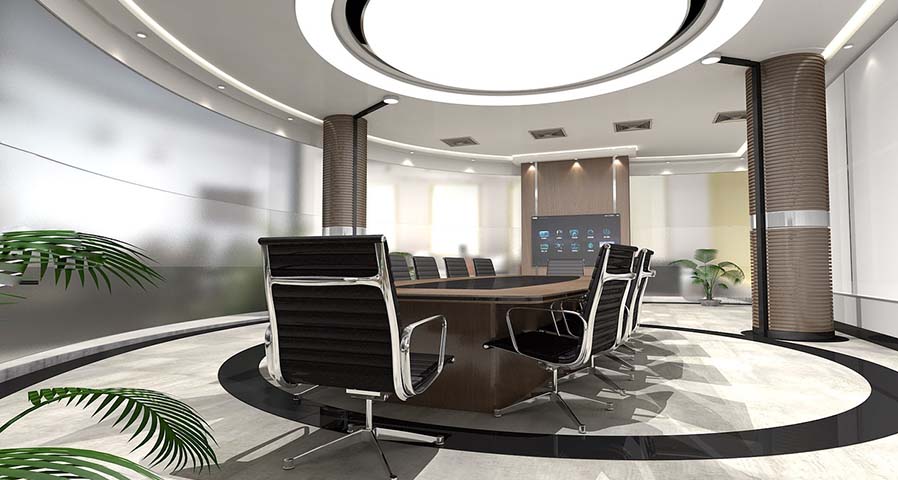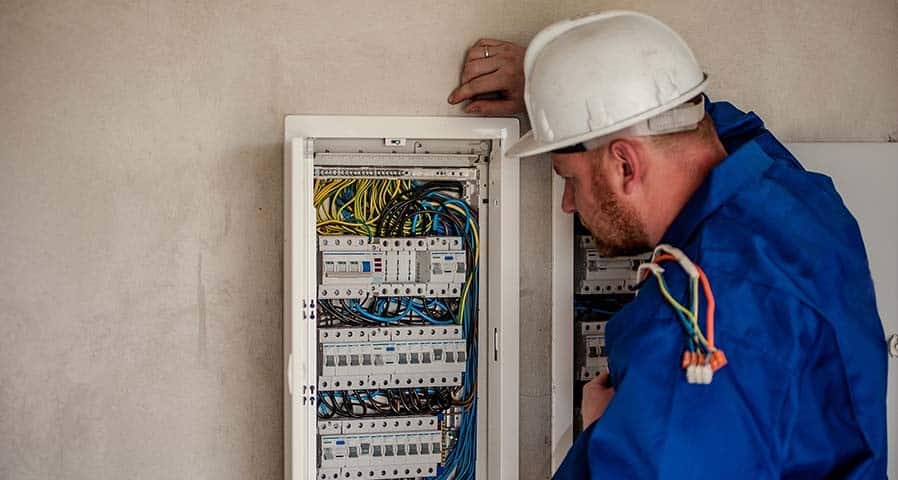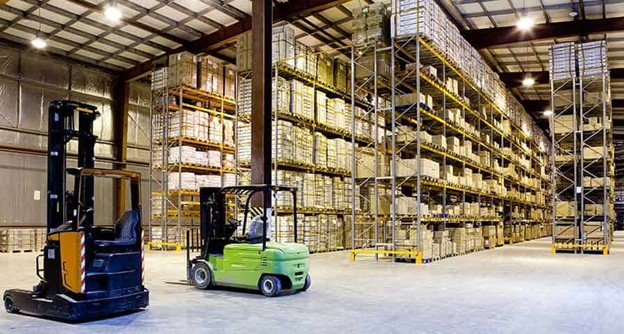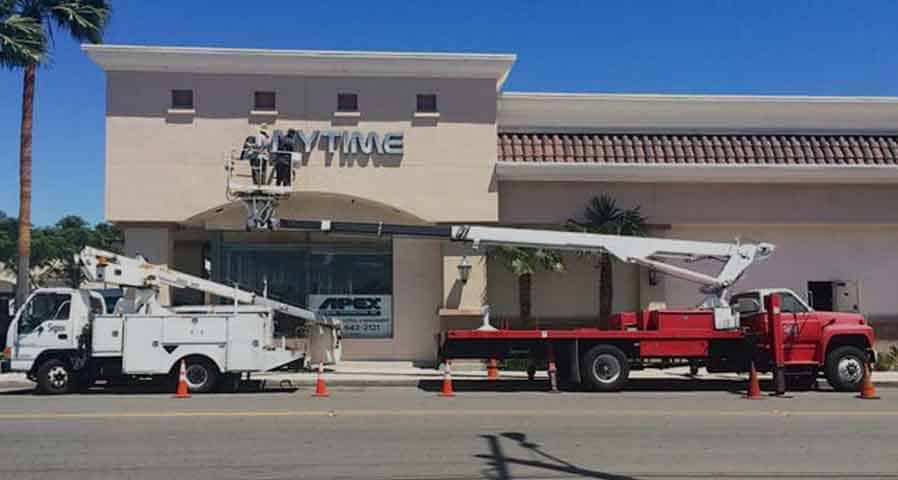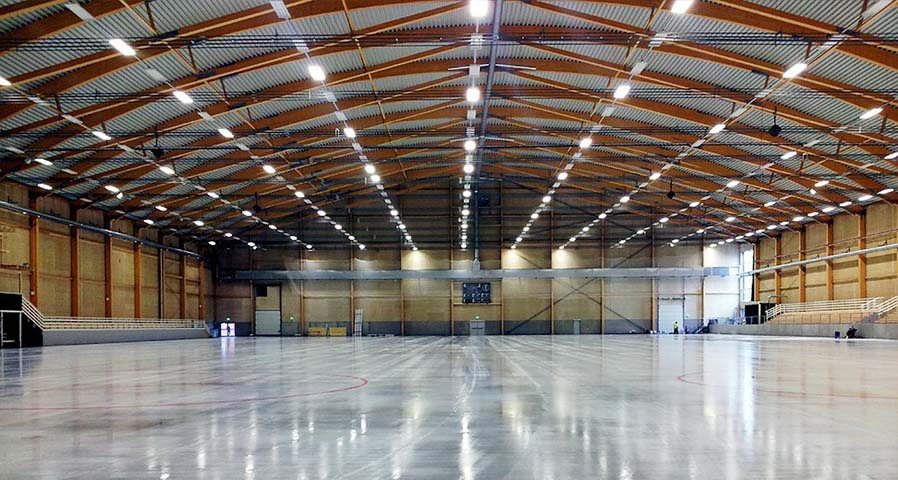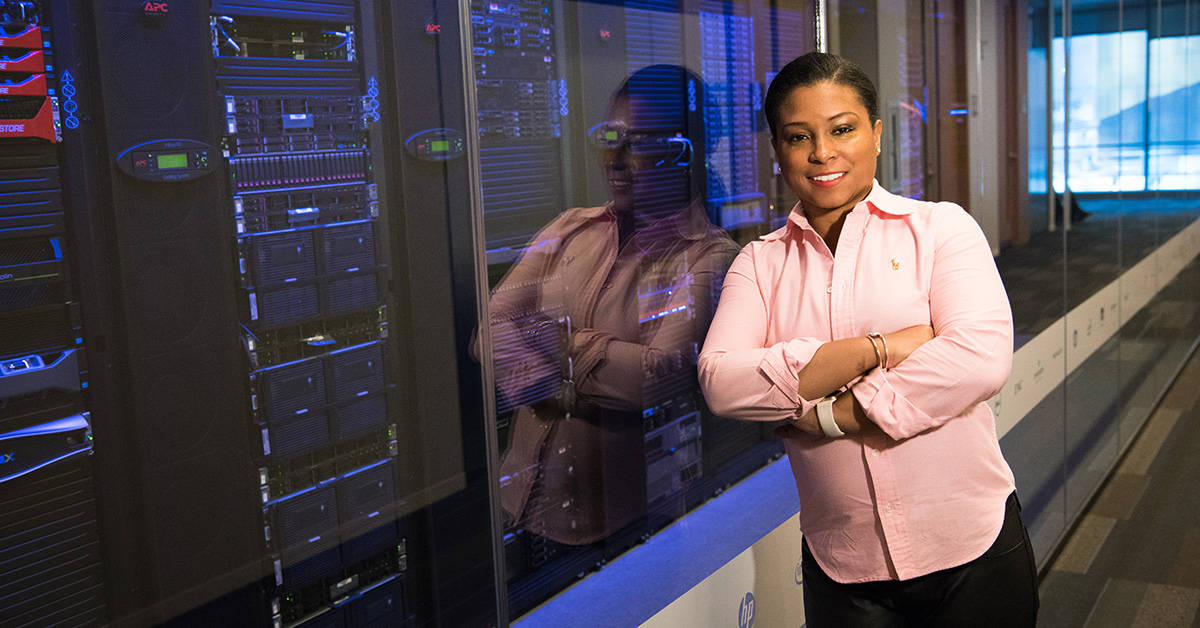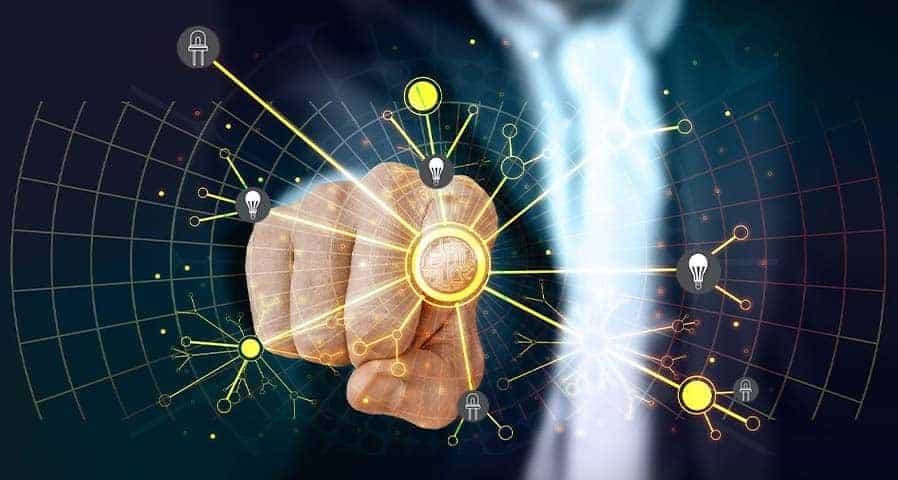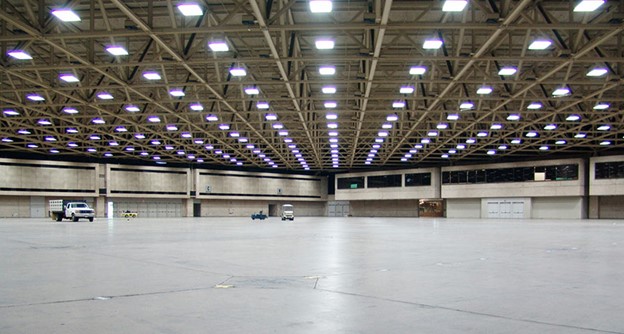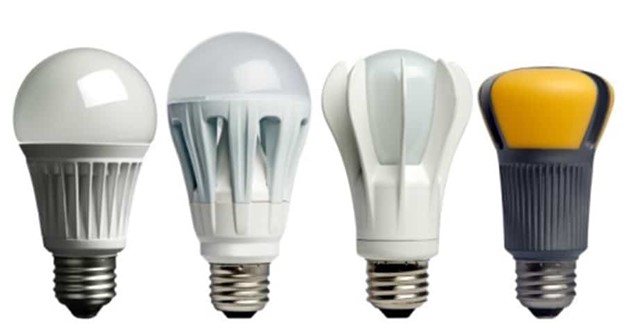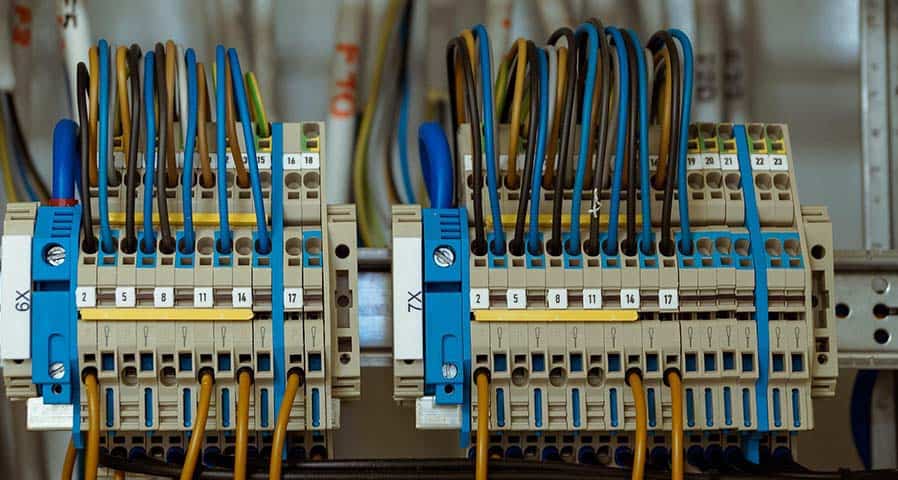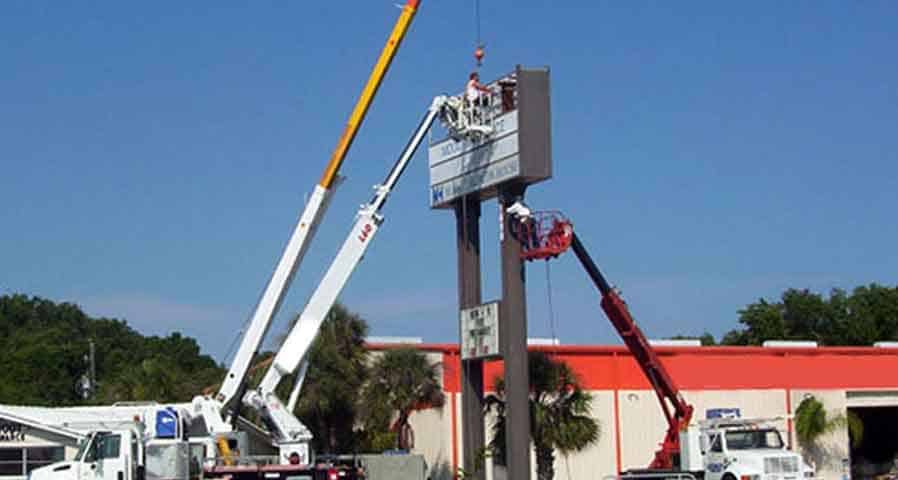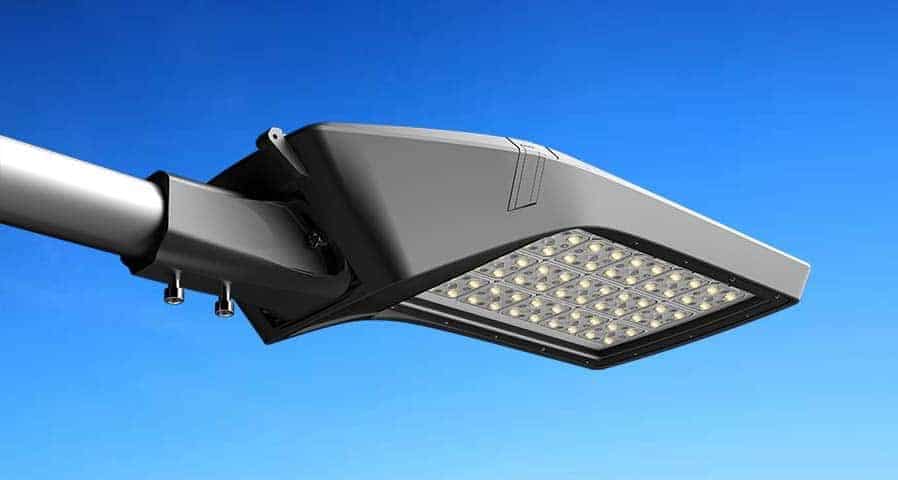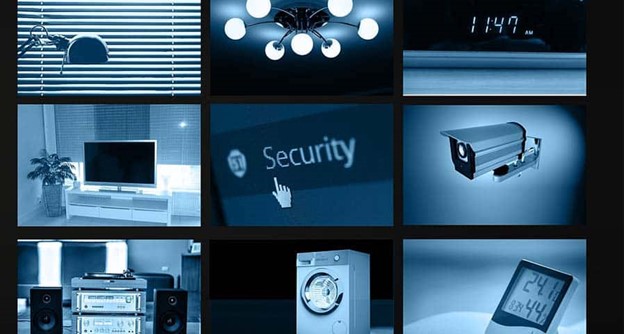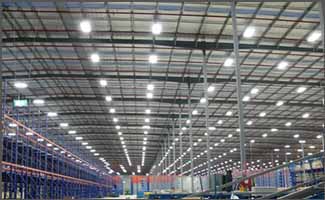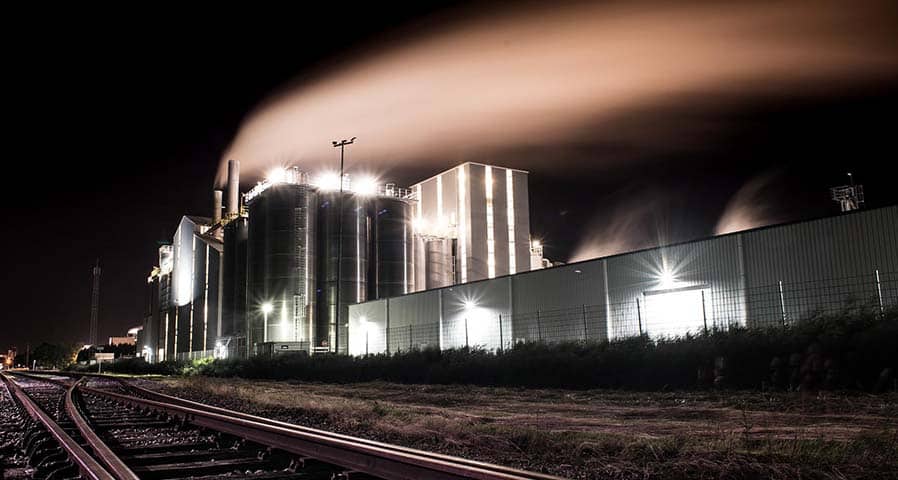
by Jessica Irvine | Aug 25, 2022 | Lighting Control Systems
Energy efficiency is often sub-par in manufacturing facilities. Maintaining lighting systems is difficult and expensive, especially when you factor in energy usage. To counteract climate change and address high energy usage, state and federal governments are enacting...

by Jessica Irvine | Aug 18, 2022 | LED and Lighting Education, Lighting Control Systems, Next Gen LED
Lighting is no longer considered separate from other building systems. With smart building technology becoming standard in commercial facilities, owners and managers are realizing integrating lighting controls into their other systems not only improves performance but...

by Jessica Irvine | Aug 11, 2022 | LED and Lighting Education, Lighting Control Systems, Next Gen LED
Commercial lighting controls have a long history of providing facility owners and managers with noticeable energy savings. The advanced lighting controls also improve the occupant’s experience by improving safety and creating a comfortable atmosphere. With technical...
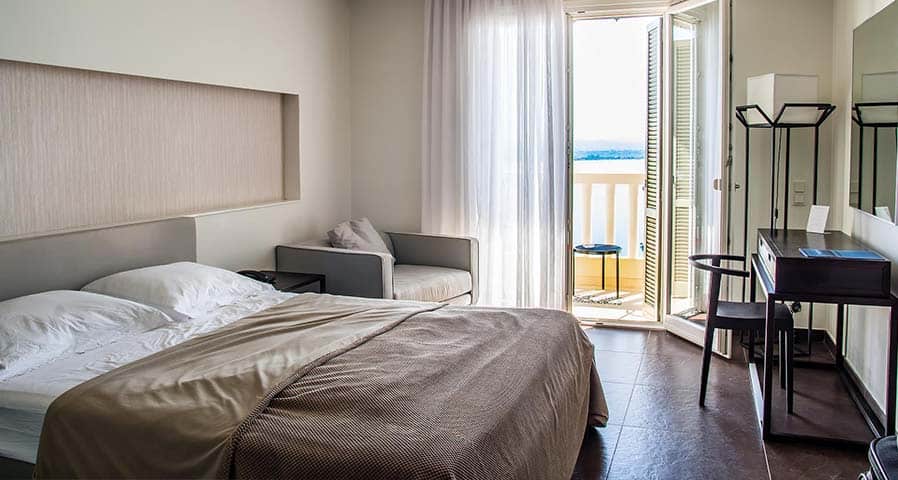
by Jessica Irvine | Aug 2, 2022 | LED and Lighting Education, Lighting Control Systems
Sustainability is a driving force behind businesses. It often involves using renewable energy and recycling. In the hospitality industry, sustainability includes reusing towels and purchasing recycled paper products for guests, but it can also extend to lighting....
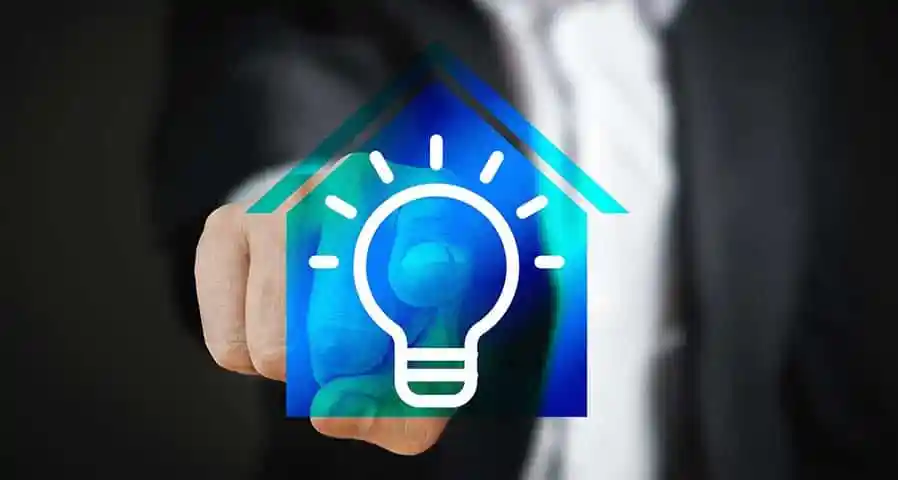
by Jessica Irvine | Jul 6, 2022 | LED and Lighting Education, Lighting Control Systems
Using lighting controls helps you save money by reducing your energy usage. The controls can automatically turn lights off in unoccupied rooms or lower brightness levels. Some of the common lighting controls found in businesses are, Timers Dimmers Occupancy and motion...







